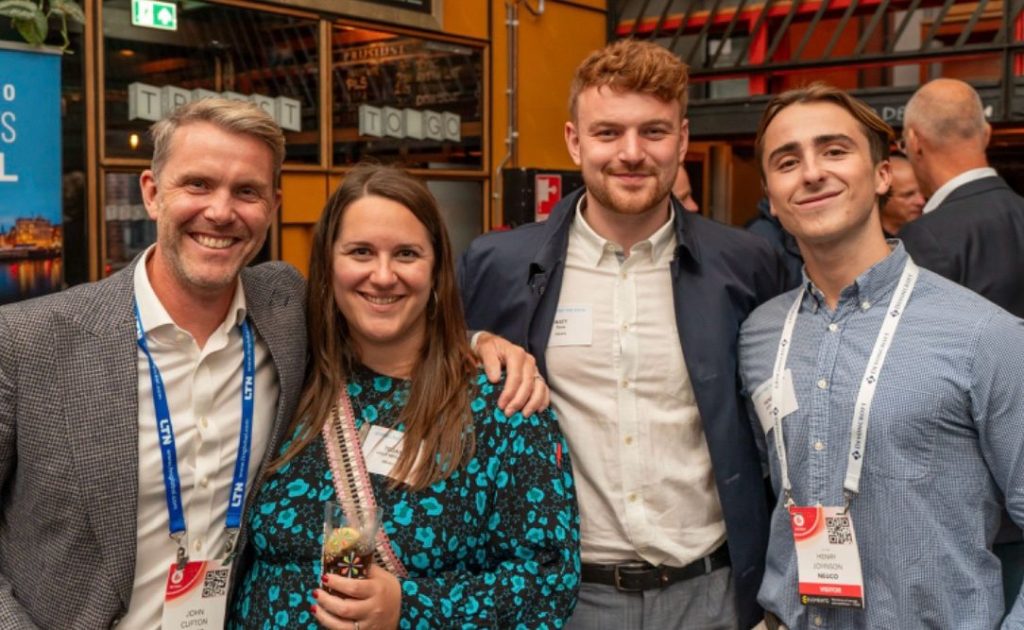A Look at Market Sentiment and Future Trends
The general sentiment at this year’s IBC was markedly different from 2023—what a difference a year makes!
I think we can all agree that last year’s edition was probably one to forget. The buy side wasn’t buying, the sell side wasn’t selling, and everyone seemed to be on the hunt for a new job! Fast forward to this year, and the mood was noticeably more positive.
While it’s hard to say whether people have simply adjusted to a new normal where the industry isn’t quite as buoyant, or whether we’ve hit the bottom and are slowly beginning to climb back up, there was a noticeable sense of optimism across most areas of the market.
In conversations with those on the Operator and Platform owner side, it’s clear that while new projects and initiatives are in the works, there isn’t a distinct direction of travel just yet. Efficiency drives remain front and centre for many, and it feels like that chapter isn’t quite closed. This will inevitably impact their external investment in products, platforms, and services for the foreseeable future.
Broadly speaking, there’s also a feeling that there’s simply too much choice in the market, and many expect to see further vendor consolidation over the coming years.
For the vendors, the last 12 to 18 months have been challenging, but once again, optimism seemed to be the order of the day. Many are hard at work exploring new business cases, identifying new markets, and figuring out when they can truly say they have a bulletproof AI solution!
Speaking of AI, it wasn’t the hot topic some might have expected. In a market where cloud has been the buzzword for years but the majority still maintain on-prem solutions, I can’t help but wonder if the mass adoption of AI might be further off than many anticipate. But honestly, I don’t think anyone really knows for sure, which is both exciting and a little unnerving! For someone who’s been in this space for years, it feels like we’re all bracing for something big, but what exactly? Time will tell.
On the talent front, there’s some good news. Hiring is back on the agenda for more companies compared to 12 months ago. It’s been an incredibly tough period for a lot of people seeking new roles, and I genuinely hope the tide is beginning to turn.
All in all, IBC was a great show, and as always, it was fantastic to catch up with so many familiar faces. This industry really does have a love affair with IBC, even the cynics come around once they’re there!
Here’s to brighter times ahead—let’s keep the momentum going.


















